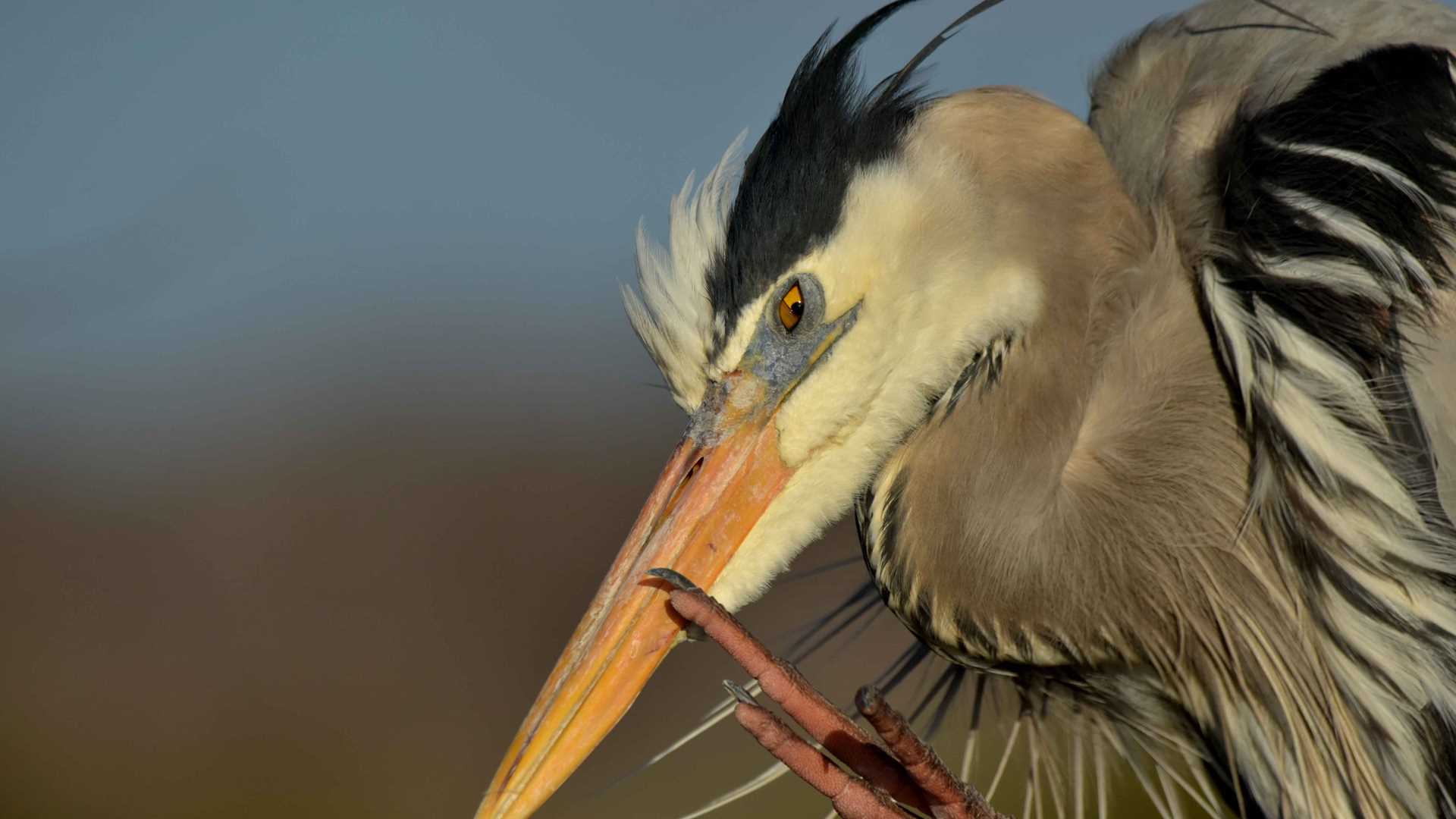Today was the halfway point of our week of exploration, and it has been a wonderful expedition so far. Early this morning, we were ready to explore more of the astonishing wildlife that Galapagos offers. Our day began with a pre-breakfast walk on Espumilla beach, which is a great place to find sea birds fishing along the coast, and also Galapagos hawks resting on the mangroves trees. As soon as we landed, we spotted many blue-footed boobies, pelicans and terns diving for their breakfast. We walked through an amazing button mangrove forest on our way up to the top of the ledge of a volcanic cone, where we were rewarded with a breathtaking view of a holly tree forest, and the turquoise blue water bay. Along our way up the path, we saw several species of land birds such as Galapagos mockingbirds, small and medium ground finches, flycatchers and anies. On our way back to the National Geographic Endeavour we got a great surprise, a group of bottled nose dolphins approached our Zodiacs and offered us a spectacular show, jumping around and being so playful. What a great end to our morning excursions.
We enjoyed a delicious and well-deserved breakfast when we returned to the ship, while we navigated to our next visitor site, known as James Island. Our first stop at this location was a very scenic and historic area known as Buccaneer’s Cove. Darwin, the very famous scientist who formulated the theory of evolution, visited this site in 1835 and camped here for nine days. Our guests had the choice of several activities, including kayaking, snorkeling or riding in the glass-bottom boat. The great variety of species of fish and marine invertebrates make this area perfect for aquatic excursions!
After water activities, we returned to the ship and made our way to Puerto Egas. This small village was established by a group of miners who extracted salt from a nearby crater in 1962. Here, water filters through lava rocks and then evaporates, leaving a sea salt film on the surface—this salt was collected and sent to the mainland Ecuador. After a few years, the mine closed up, and nowadays only a few ruins remain. We walked along the coast where we found Galapagos fur seals, great blue herons, striated herons, American Oyster catchers nesting or feeding on small mollusks and crabs. The intertidal zone was exposed because the tide was low and many migratory birds such as willets, sanderlings, whimbrels, turnstones, plovers were feeding on plankton and small invertebrates. As always, the black lava was covered by Galapagos marine iguanas feeding on the green algae known as ulva. Baby sea lions swimming in little pools were also an attraction for our avid and intrepid explorers.
The orange sun had begun to descend towards the green ocean, reminding us that it was time to return to the ship. It was another amazing day in the enchanted islands of Galapagos.







